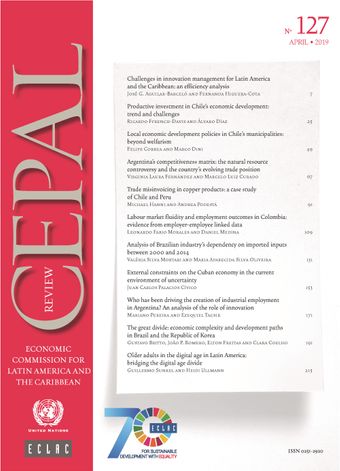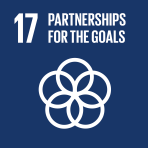-
Argentina’s competitiveness matrix: The natural resource controversy and the country’s evolving trade position
- Source: CEPAL Review, Volume 2019, Issue 127, Oct 2019, p. 67 - 89
- Spanish
-
- 02 Oct 2019
Abstract
This paper uses Fajnzylber and Mandeng’s competitiveness matrix to analyse the evolving structure of Argentine exports between 1985 and 2010. In particular, it seeks to identify links between the country’s export pattern, in which natural resources predominate, and the evolving structures of different markets: the Organization for Economic Cooperation and Development (OECD), the Southern Common Market (MERCOSUR), the developing countries of Asia and the world. One of the main conclusions is that, although historically it has been the developed countries that have been responsible for the dominance of commodities in Argentina’s export pattern, in recent decades it has been the developing countries of Asia. In MERCOSUR, on the other hand, there has been an improvement in the pattern of Argentine exports. The article suggests that this has been driven by the bilateral agreements between Argentina and Brazil, especially in the automotive sector.



